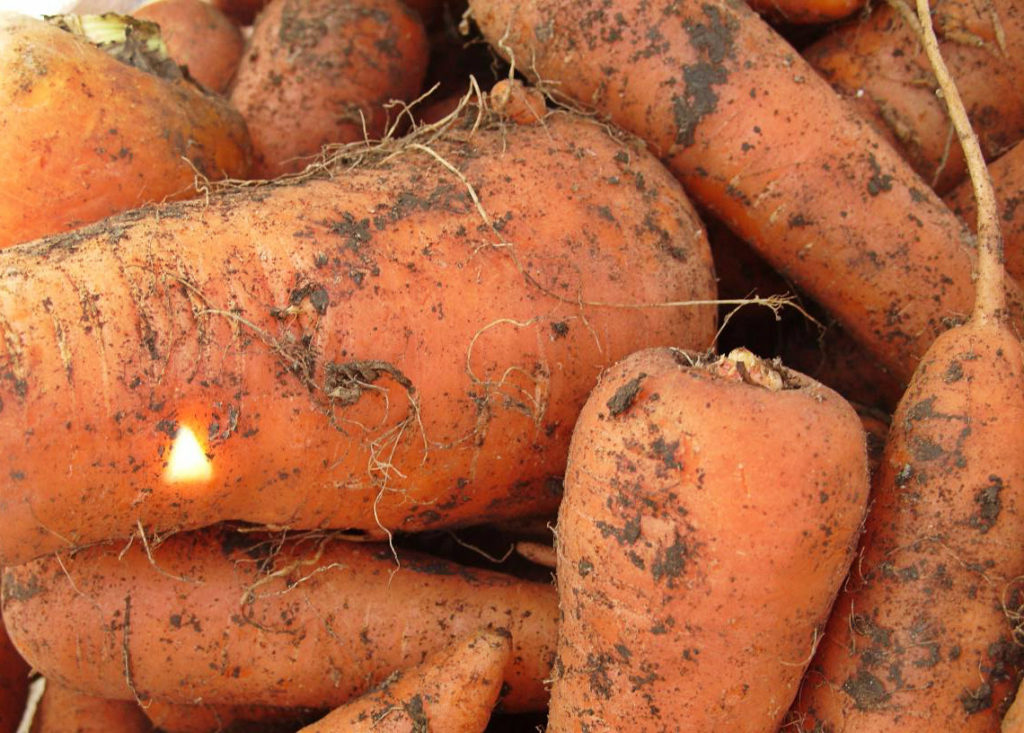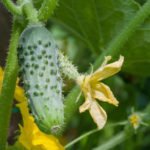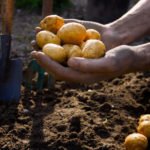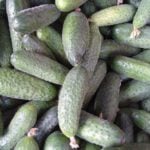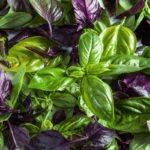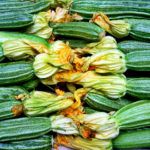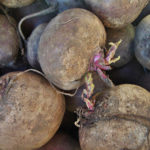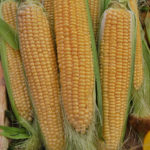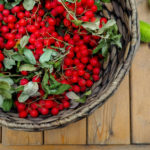Carrots have been known to humans for more than 4,000 years. Even the ancient Greeks considered it sacred. At the court of Charlemagne, it was an honorable dish and was considered a delicacy until the XVI century, only in the XVII century, Europeans began to cultivate it everywhere. In Germany and France, carrots in honey were a mandatory dish on the New Year’s table. In Russia, VI-IX centuries. there was a custom to put it next to the dead, who were placed in boats, and then burned. It was believed that the burnt carrots together with the deceased were supposed to serve as food for him in the next world.
Daucus carota is a biennial herbaceous plant. In the first year of life, it forms a rosette of leaves and fleshy roots of red, orange, yellow, white or purple color with a rounded, conical, cylindrical, triangular shape. In the second year-a rosette of leaves, peduncles, flowers and fruits. The stem is erect, 30-100 cm high (11.8-39.3 inches). The leaves are twice or thrice-intersected, triangular. The flowers are small, white, reddish or yellowish; they bloom in June-July. The fruits ripen in August-September.
Carrots are a widely cultivated vegetable, medicinal, and highly ornamental plant. In the therapeutic and preventive nutrition, fresh and processed roots are used. For medicinal purposes, roots and fruits are used, less often leaves that have vitamin (with hypo-with avitaminosis A), lactogen, which improves vision, digestion, mild laxative, carminative, diuretic, choleretic, anthelmintic, potency-enhancing, analgesic, anti-inflammatory, antiseptic (the last three when applied externally), and other effects.
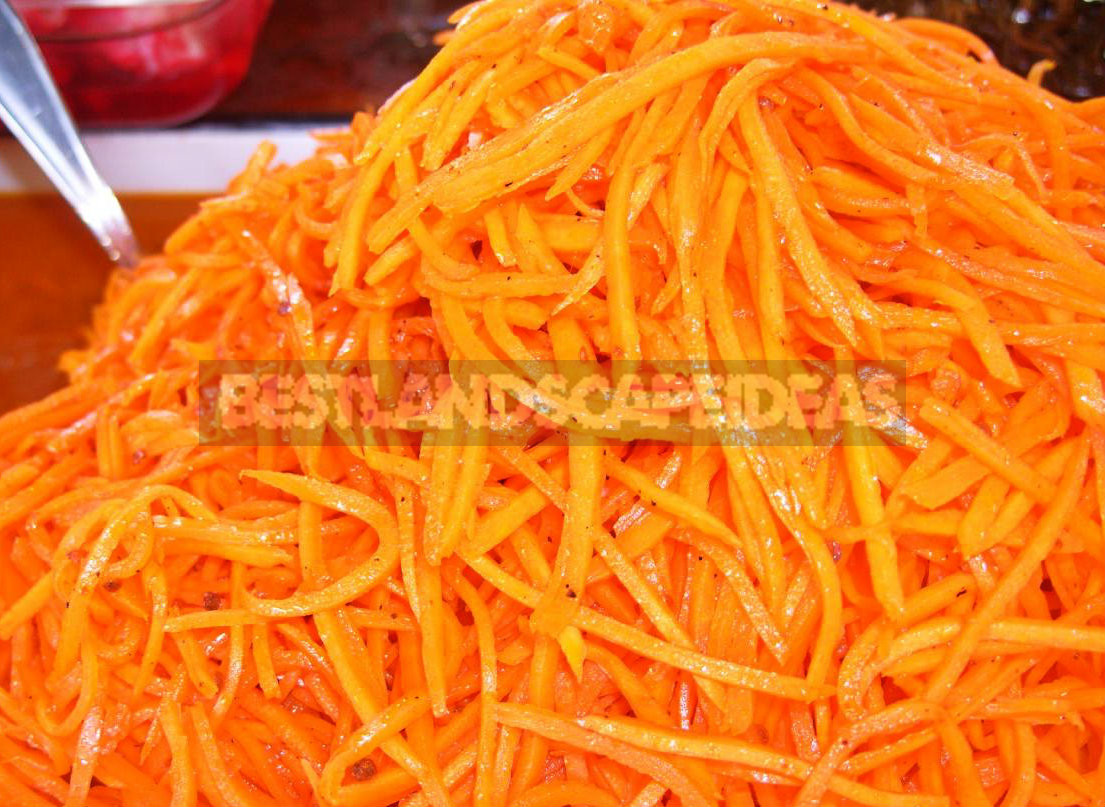
Carrots are attractive with their delicate leaves, which give airiness to garden compositions. Plants intended for seed production are best grown on a variegated lawn. Distance between plants 5-7 cm (2-2. 7 inches), between rows 25-40 cm (9.8-15.7 inches), sowing depth 1-1.5 cm/0.4-0.6 inches (light), 2 cm/0.8 inches (heavy). Prefers light in mechanical composition, fertile, neutral or slightly acidic soils with good structure. The best predecessors: early potatoes and cabbage, legumes, cucumbers, onions, tomatoes. It is recommended to return to the same place no earlier than after 4-5 years.
